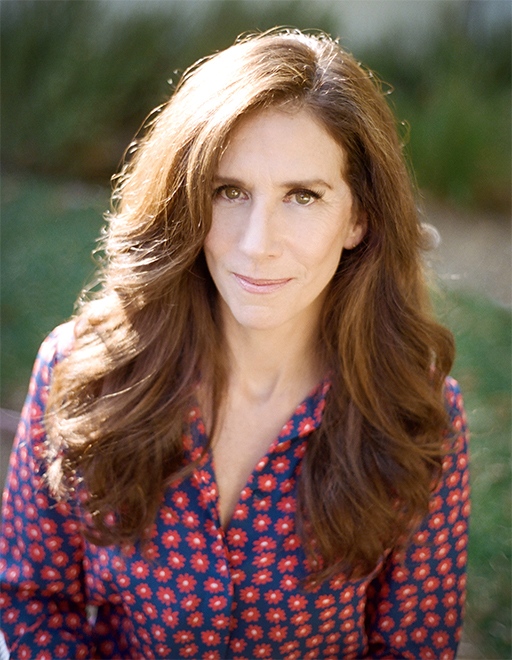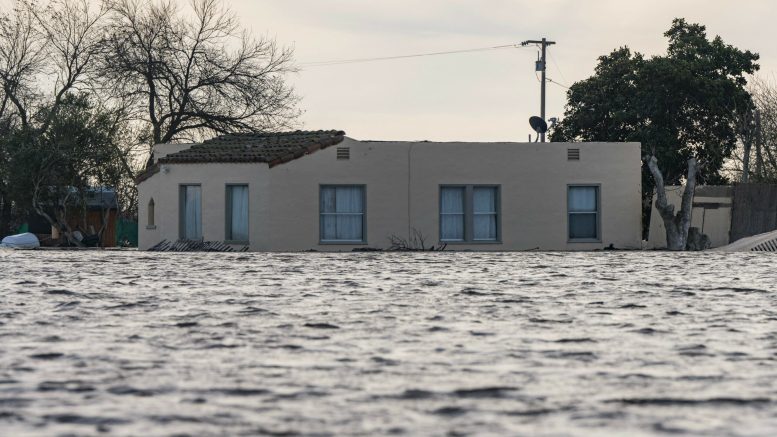An advocate explains how gender equity goes beyond Roe v. Wade.
By Angelika Albaladejo, Capital & Main
This story is produced by the award-winning journalism nonprofit Capital & Main and co-published here with permission.
While Californians are well aware that the Golden State is struggling to solve its affordable housing crisis and mitigate the impacts of climate change, most are unlikely to think of these battles as gender equality problems. But that would be a mistake, says Nancy Cohen, the president and founder of the Gender Equity Policy Institute, an organization launched in 2021 to study how policy proposals would affect women and others systematically disadvantaged by discrimination and structural inequality.
Cohen, a commissioner for the California Democratic Party’s Conduct Commission who previously served on the Los Angeles County Commission for Women, spoke to Capital & Main about the connection between housing, the environment and women’s quality of life.
This interview has been edited for length and clarity.

Question: Climate change and housing aren’t traditionally described as gender equity issues. Why do you see them that way?
Nancy Cohen: The issue with gender inequality is that people tend to think of a couple of core issues that are unbelievably important: equal pay and reproductive freedom. We are appalled at the retrogression on women’s rights initiated by the Supreme Court overturning Roe v. Wade. But when we see every other issue as neutral, we end up perpetuating inequalities.
Male is really the default in our tax, immigration and just about any other system you look at. We’re built for the male breadwinner.
We all know at a certain level that we are unequal in American society, because of various economic and social factors. There are gender and race differences in all areas of life. What’s stunning is, when you really dig down in the numbers, how dramatic those inequalities really are.
We know, for example, that women are more debt ridden and struggle more to pay for housing, because they typically earn less. But when you see how stark the differences are, I do think that it becomes a wake-up call to action.
Why do women struggle more to secure housing?
Historically, housing has been designed to meet the needs of the traditional nuclear family or self-sufficient individuals living alone or in couples, with little consideration given to elderly or disabled people, or the needs of caregivers or multigenerational families.
More than half of Californians face unaffordable rents, but women are at the extremely low end of the income scale. Women tend to be paid less for the same work, so they accumulate less wealth. When you add racial discrimination and systemic racism on top of that, the starkest differences are for Black and Native American women.
In public housing or very tight rental markets, sexual harassment is a tool frequently used by landlords, which further constrains women’s choices in where they live.
California has historically dealt with its lack of affordable housing by encouraging people to move as far away as necessary to afford a house, leading to very long commute times. When women commute, they have less time to work and to care for children and the elderly. Women also tend to be more dependent on public transportation, and the way California has built for decades is very inhospitable to that.
How could California change its approach to housing to reduce these gender disparities?
There needs to be more affordable housing built in California in the cities that are already developed and have access to public transportation, good child care and quality food stores, which are all more important for people taking care of their family members.
Solving California’s housing crisis is key to working families having a sustainable life. It’s part of creating healthy, secure, sustainable communities for all Californians. More housing built means more money for education, for health care, for leisure, to not work two or three jobs. A lot of the impact is going to be for individual people’s lives.
Are there any policies already headed in that direction?
The Gender Equity Policy Institute put out two reports this past summer on the housing affordability issue in California and Los Angeles County.
Los Angeles has a history of racial segregation. A number of cities in the county were expressly designed to keep people of color out. So Black women are the most impacted by the housing crisis.
California recently passed a controversial bill, SB 679, that created a new regional government entity called the Los Angeles County Affordable Housing Solutions Agency to increase affordable housing access. By creating a countywide authority that can overcome resistance in areas that have been historically hostile to multi-unit housing, for example, it should help start to ease the crisis.
It’s very encouraging that policymakers and advocates have been receptive to listening, and really absorbing, the lessons of our reports in quantifying gender inequalities, not just when it comes to housing, but with other issues like climate change too.
How is climate change connected to gender equality?
Women are disproportionately impacted by climate change, mainly because women have fewer economic resources and greater responsibility for family care.
In California there is, fortunately, a lot of money and investment going into addressing climate change, creating a clean energy future, decarbonizing the economy and creating resilient communities. In California, communities of color and women have been disproportionately burdened or discriminated against and have particular need for these investments.
The federal Infrastructure Investment and Jobs Act and the Biden administration’s Justice40 Initiative dedicates a portion of federal investment for historically disadvantaged communities, for example, for cleaning up pollution and building energy infrastructure.
Last year, a Gender Equity Policy Institute report showed really deep, egregious inequalities in California’s climate funding on the basis of race and gender. Money was going to be spent in a part of the state that is disproportionately white and male. And the Southern California region, which is disproportionately female and people of color, was really shortchanged.
The funding had been overwhelmingly dedicated to conservation and wildfire control, but not toward extreme heat and associated pollution, which mainly affect farm workers, as well as low income people and communities of color in urban areas.
Our report helped unlock hundreds of millions of dollars to be redirected toward low income communities of color, who are suffering different kinds of climate impacts than the state was focused on.
What else do you hope to see from California’s climate change mitigation investment?
We want progress in tackling climate change because that will be better for women’s health, security and wellbeing. But we also want to make sure that women aren’t cut out of all the opportunities that this investment provides.
These investments are going to create millions of jobs. With labor standards put into place in California and through federal bills, these should be good paying, often union jobs, with pathways to middle class careers. The problem is that these jobs are overwhelmingly held by men – most [climate investment jobs] are over 90% and some 100% male.
One of the most important ways to level the economic playing field for women is to start breaking down occupational segregation, particularly in construction and trade jobs.
Our systems need to be rebalanced in California and the United States. The idea would be a society where women have equal pay, wealth, housing and leadership opportunities as men.
Copyright Capital & Main 2023


Be the first to comment on "Housing crises hit women hardest"